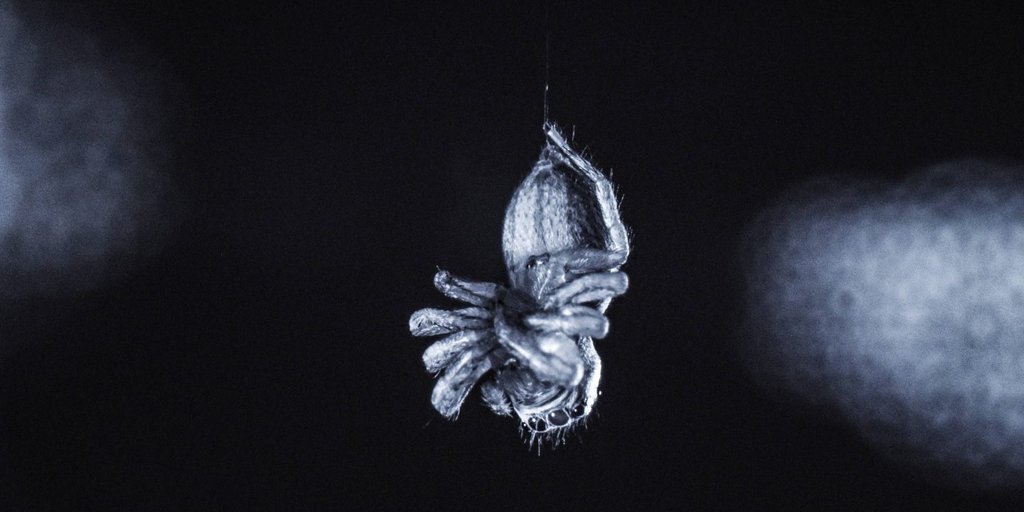
In a quiet laboratory, young jumping spiders were hanging suspended in the darkness, connected to a thread of silk. As they rested, something intriguing happened— every now and then, their legs curled, their spinnerets twitched, and their translucent exoskeletons revealed shifting retinas behind their eyes. It’s a behavior eerily reminiscent of REM sleep, that phase of slumber in humans associated with a vivid dream.
Some Animals Dream Like Humans
Daniela Rößler, a behavioral ecologist at the University of Konstanz in Germany, and her team observed this phenomenon in 34 spiders in 2022. They found that these spiders experienced brief REM-like episodes approximately every 17 minutes. This behavior was distinct from other nighttime activities like stretching, adjusting silk lines, or grooming. While it’s not yet confirmed that these spiders are truly asleep during this REM-like dream, if they are, the possibility of dreaming in their tiny brains becomes intriguing.
Rößler suggests that highly visual creatures like jumping spiders might use dreams to process the information they gather during the day, and this discovery isn’t isolated. Researchers are uncovering signs of REM sleep in a wider range of animals than ever before, including spiders, lizards, cuttlefish, and zebrafish. This expansion of findings is leading scientists to reconsider the prevalence of dreaming in the animal kingdom.
REM Sleep in Animals
REM sleep is characterized not only by rapid eye movements but also by temporary muscle paralysis, body twitches, increased brain activity, and changes in breathing and heart rate. It was first identified in humans in 1953 and has since been observed in various mammals.

Different animals exhibit different REM patterns. Marsupial mammals like echidnas, for instance, show characteristics of both REM and non-REM sleep simultaneously. Whales and dolphins may not experience REM at all. Birds display REM sleep with twitching bills and wings and a loss of muscle tone in their neck muscles.
Some Examples in the Animal World
Cuttlefish, intriguingly, show REM-like behavior during a state resembling sleep, characterized by rapid eye movements, arm twitches, and changing skin colors and patterns. Octopuses also exhibit similar REM-like behavior, suggesting that the concept of dreaming may extend beyond humans.

Similarly, bearded dragons have displayed a REM-like stage through brain activity recordings, and zebrafish have shown distinct brain signatures indicative of multiple sleep states.
What Researchers Think
Researchers entertain the possibility of animals dreaming during REM-like sleep because these creatures exhibit waking-like behaviors during these phases. For instance, pigeons’ pupils constrict during REM, similar to courtship behavior, raising questions about whether they dream or re-experience waking events.
Some evidence suggests that animals may replay experiences during REM-like sleep. Studies on mice showed neurons associated with navigation and eye movement firing during sleep, suggesting they might be “revisiting” their surroundings. However, one challenge in studying animal dreams is that animals cannot report their experiences like humans can. This limitation makes it difficult to scientifically confirm that animals dream.